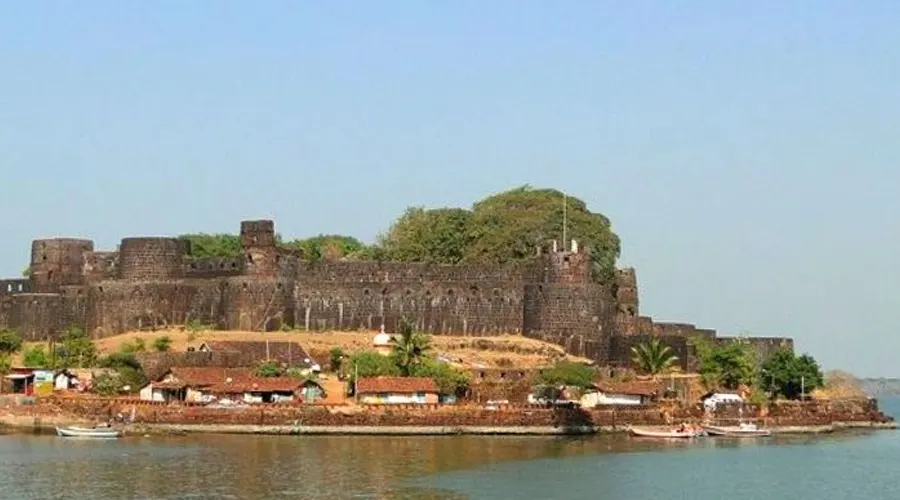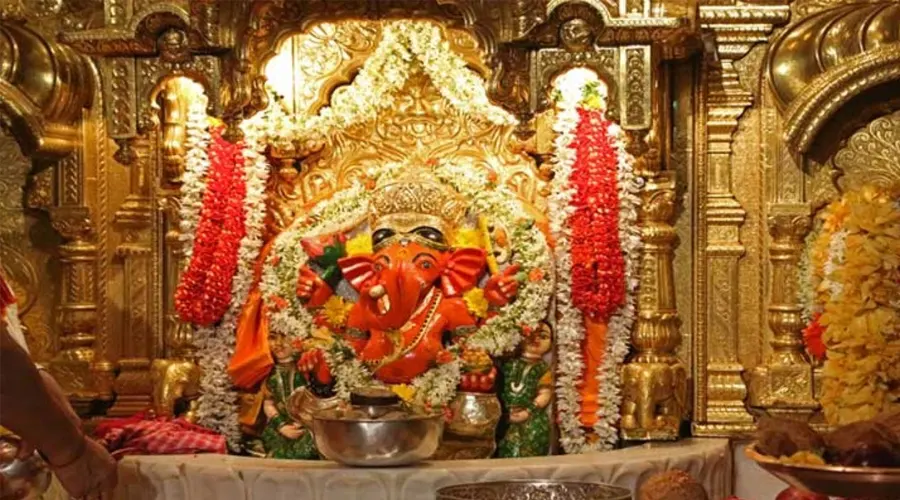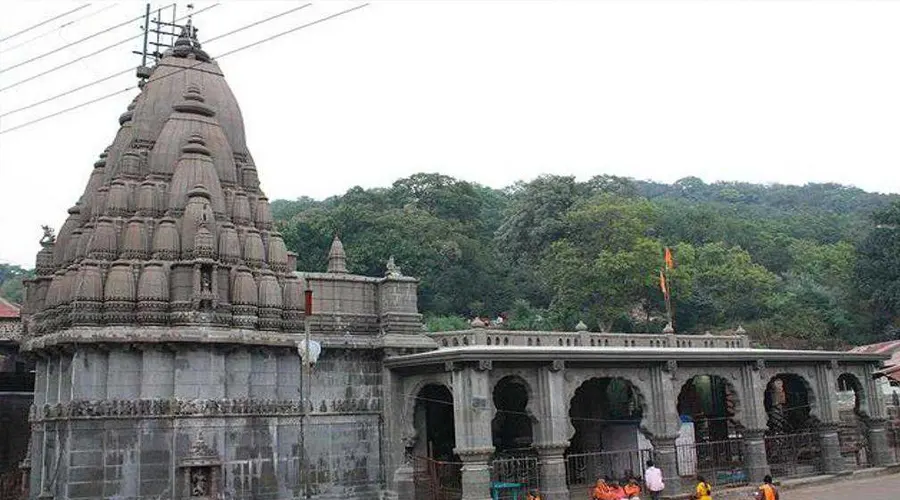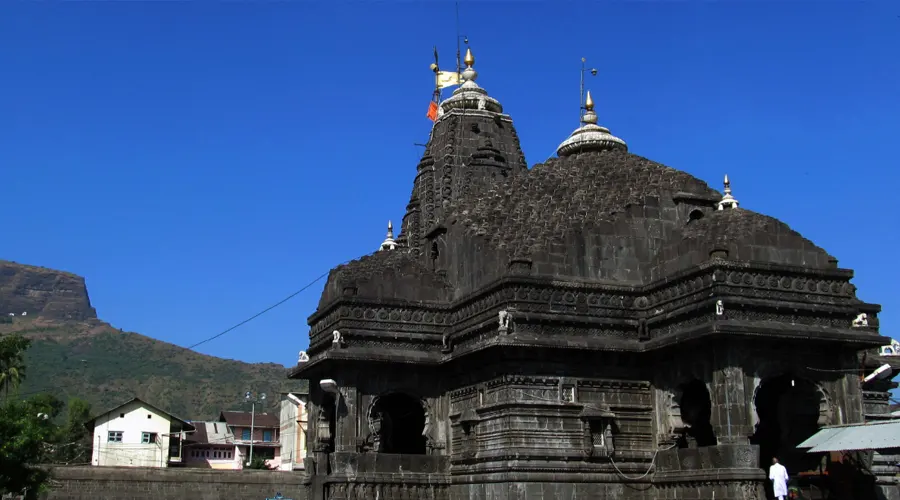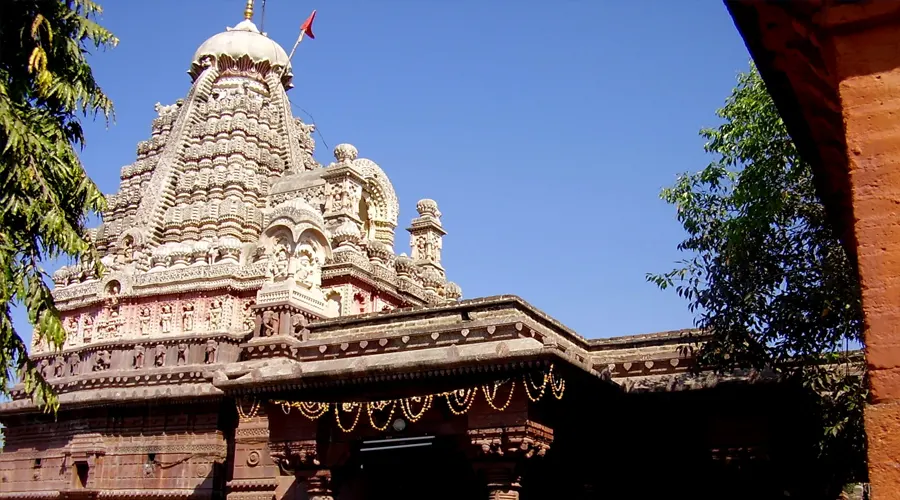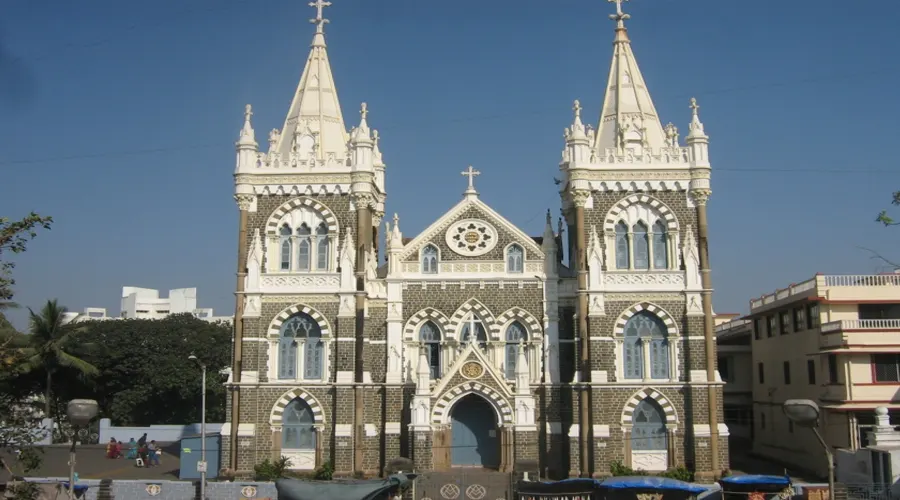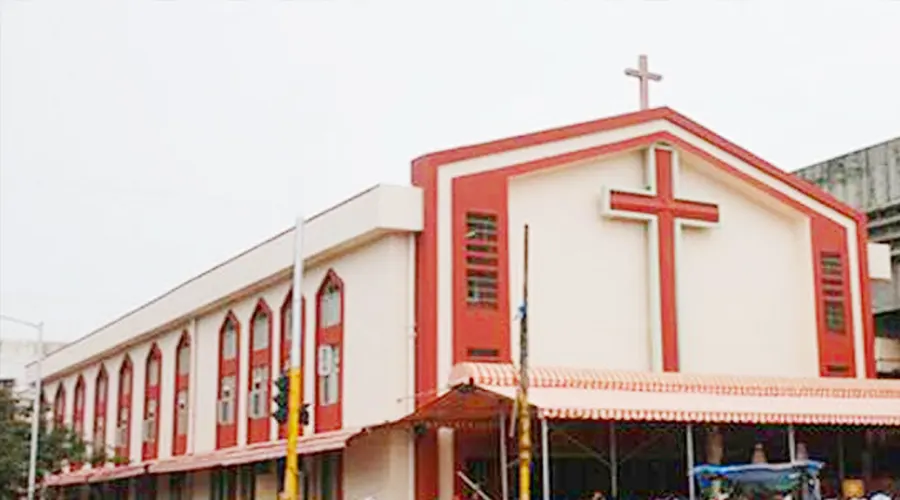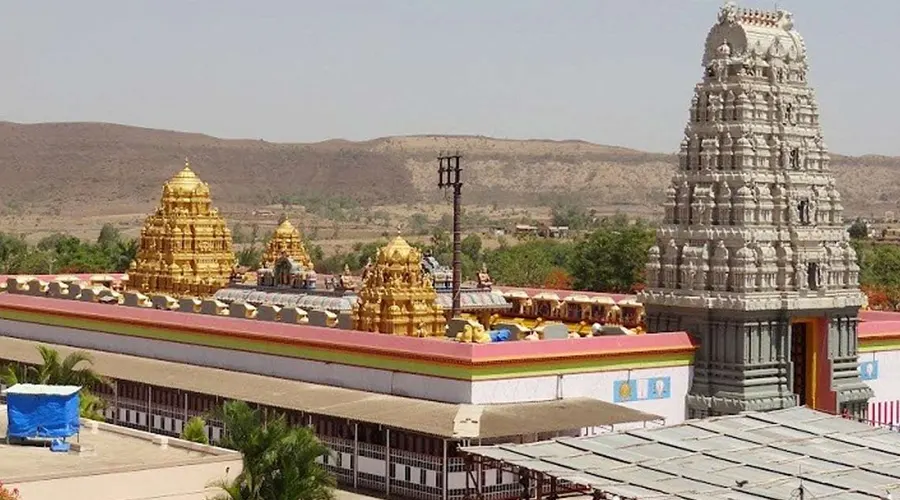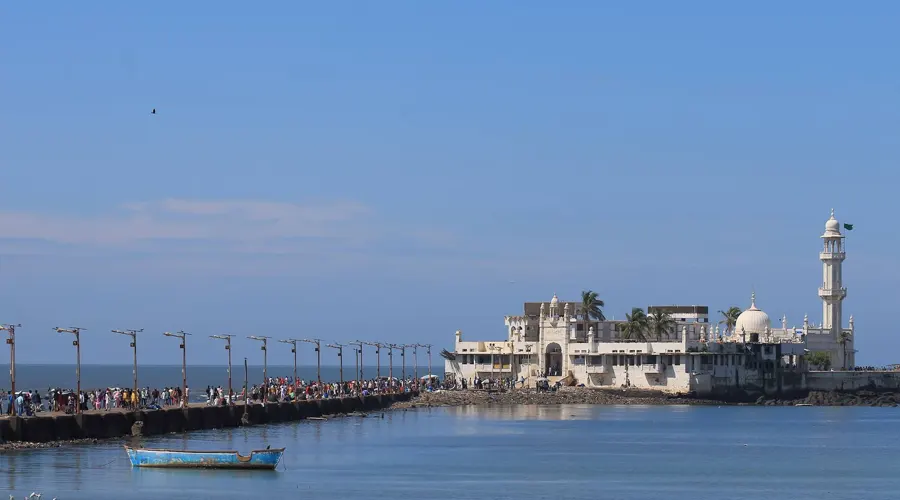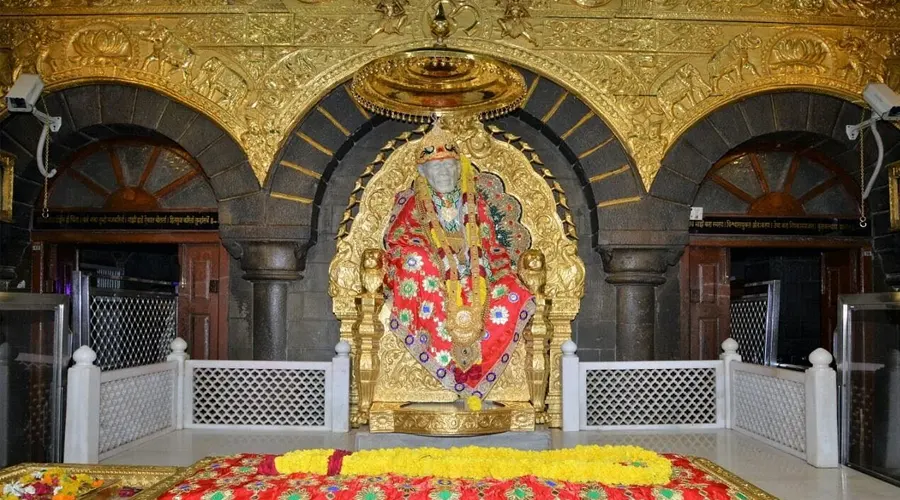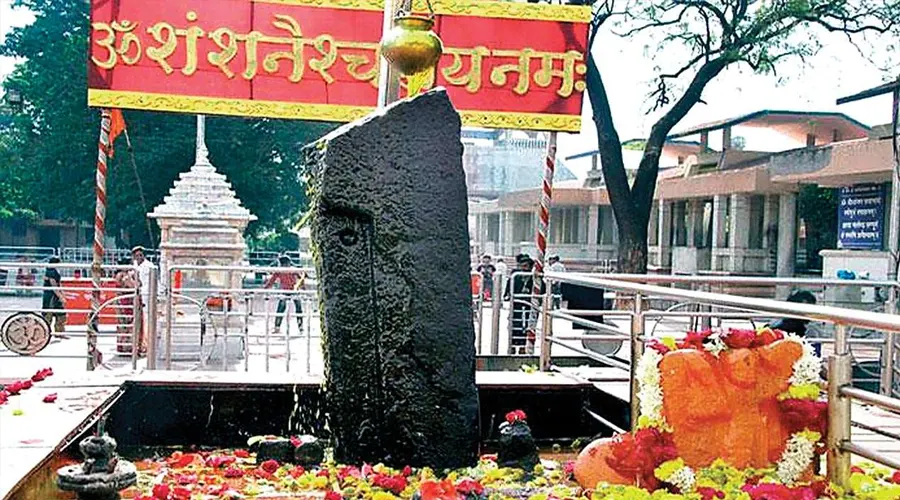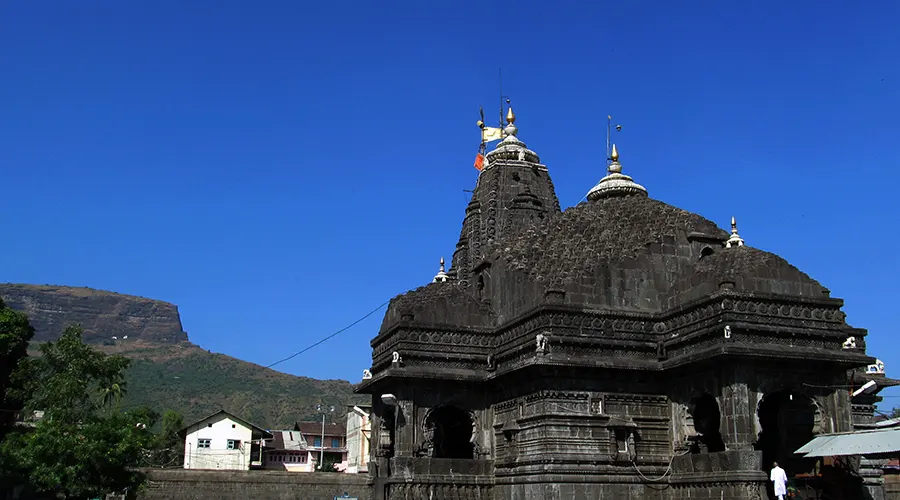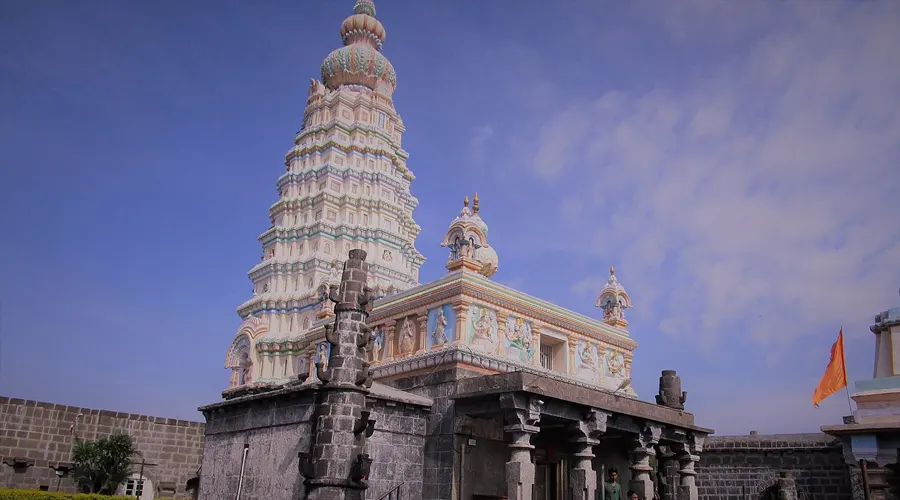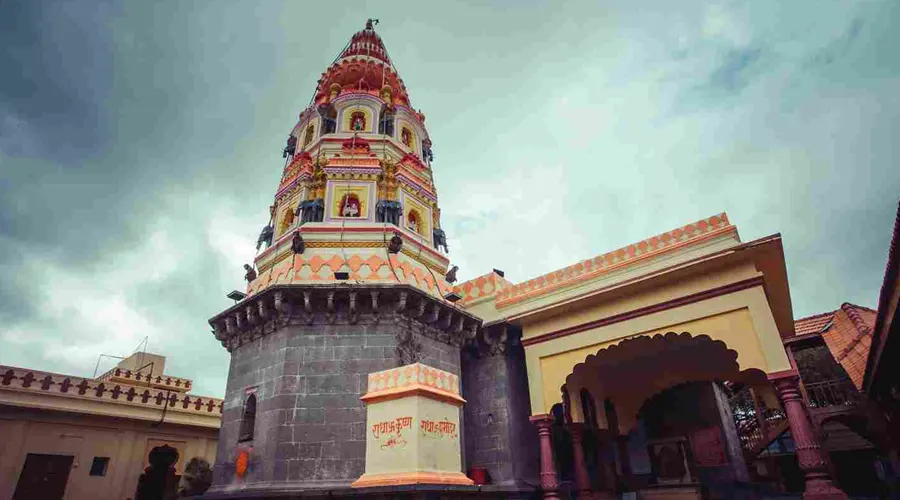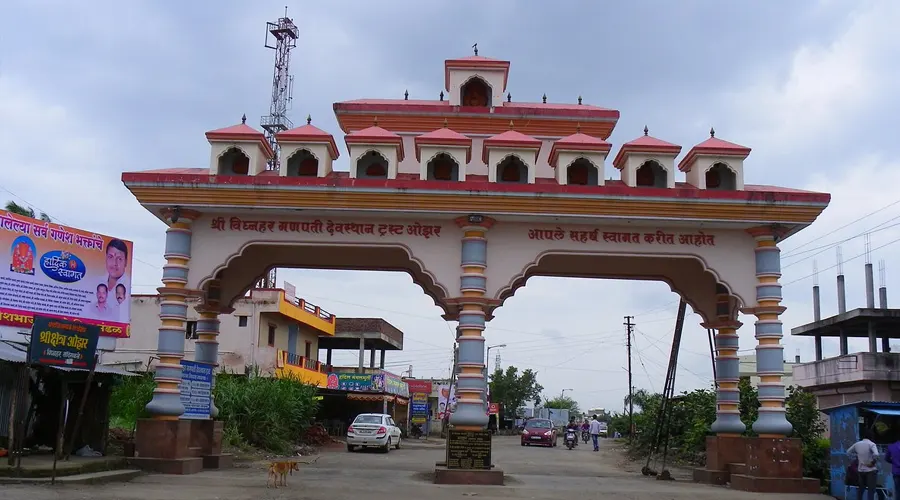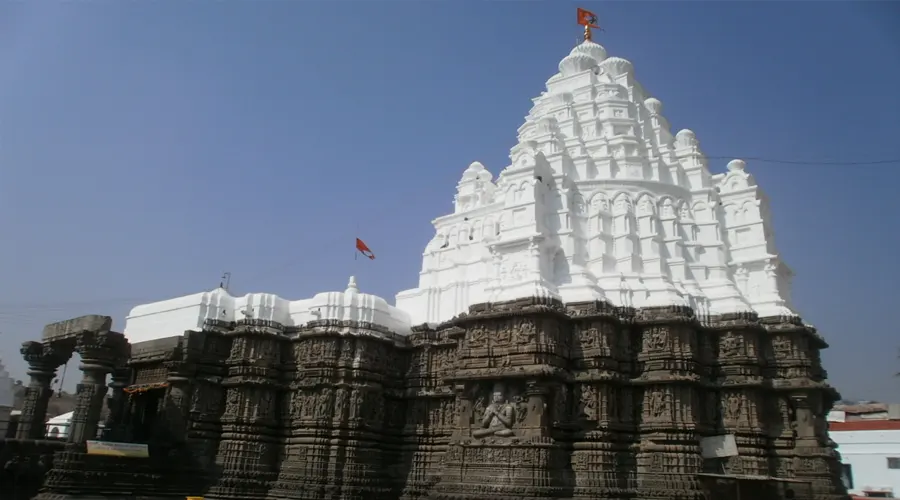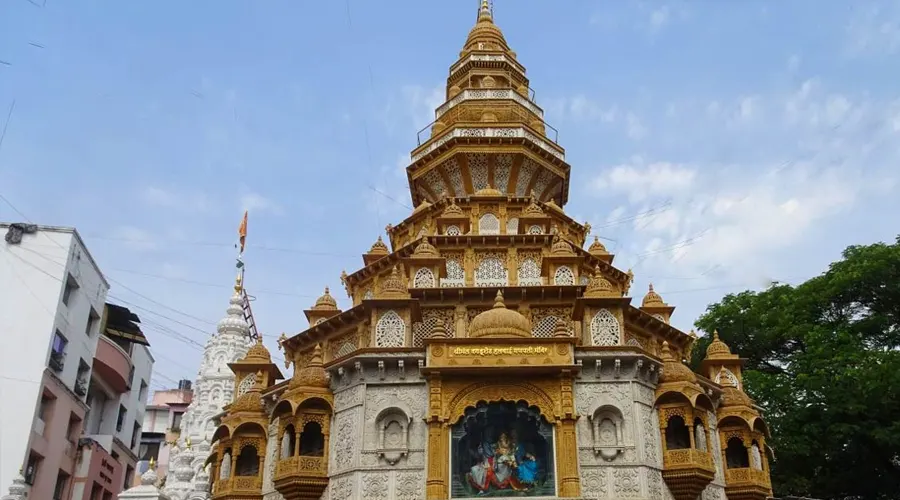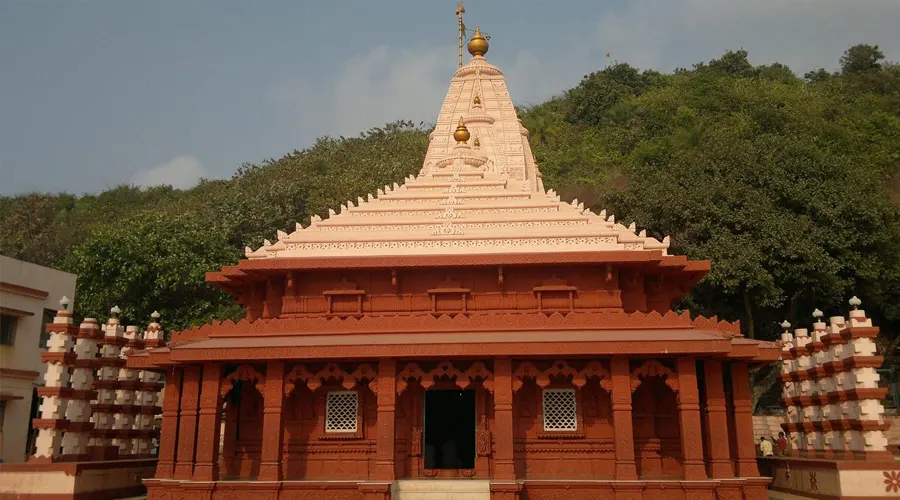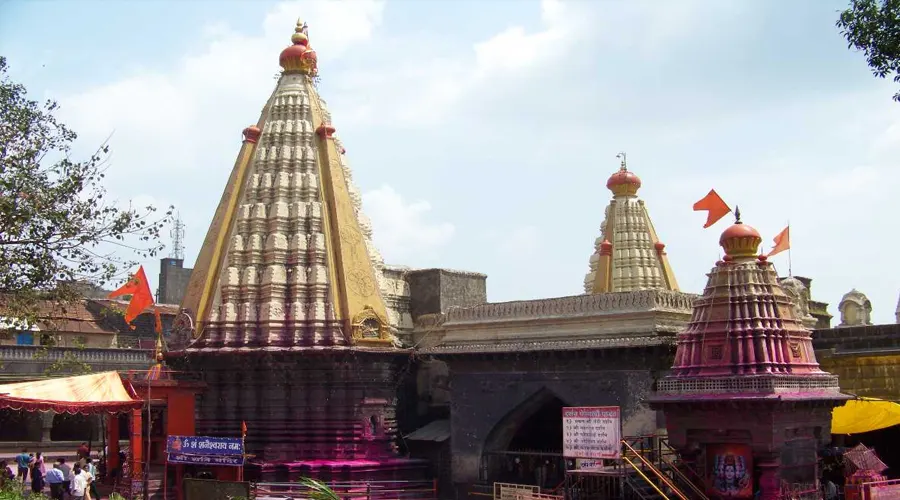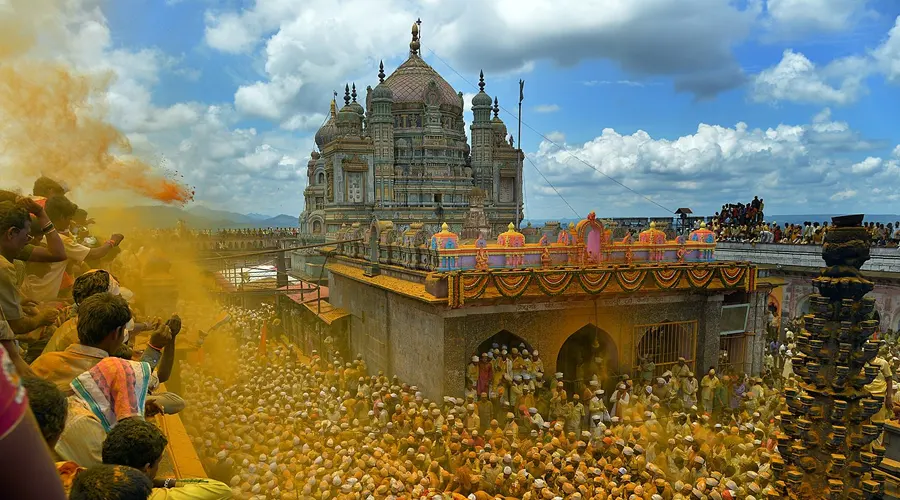Vijaydurg Fort
The Vijaydurg Fort is one of the largest forts along the Konkan Coast which is why it features among the historical monuments of Maharashtra. It was originally built in the 12th century and presided over by Shivaji Maharaj in the 17th century after he took it over from the Adil Shahi dynasty it is one of the famous historical places in Maharashtra.
The fort was the main Maratha naval base for a very long and being sea-locked, it was almost impossible to conquer it. After multiple attacks over the years, it finally fell into the hands of the British. The extended laterite stone fort, now spanning an area of 17 acres, is surrounded by water on three sides.
There are 27 bastions and the original prison, water tank, and cannon are still present within the walls. History says that this is the second fort where Chhatrapati Shivaji hoisted the saffron flag, the first being the Torana Fort.
History
Vijaydurg Fort is located at the tip of the peninsular region of Vijaydurg in Devgad Taluka. It was earlier known as Gheria because of its proximity to the village Girye and functioned as a strong military base for Admiral Kanhoji Angre. The fort is also known as the 'Gibraltar of the East since it was so impregnable, surrounded by the Arabian Sea from three sides.
The original fort was built by Bhojraja Shilahar between 1196 and 1206 AD. The Maratha king Shivaji took control of this fort from the Adil Shahi dynasty in 1656 AD and renamed it Vijay Durg. Thereafter the fort was the main Maratha naval base under Kanoji Angre. The fort was attacked in 1717, 1720, and 1724 AD by the British, Portuguese and Dutch - but could not be conquered. The fort was under the control of the British and Peshwas in 1756 AD and remained with the Peshwas till 1818 AD. In 1818 Vijaydurg fell into the hands of the British Empire.
Architecture
The fort is constructed using laterite stones. The fort consists of 27 bastions out of which three are three-storied. The main entrance of the fort faces the north. Out of the original imposing structure, some of the structures remain including the storage area for food grains, a prison, a huge water tank, and cannon. A 10 m high compound wall, about 300 feet away from the fort deep in the sea, has been discovered recently. It served as a defense against attacking ships. The fort also has a 200 m long tunnel for emergency evacuation. It is believed that the region around the banks of the Vaghotan River was a dock, used by the Marathas for building and repairing their ships.

